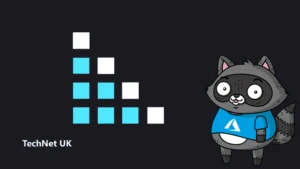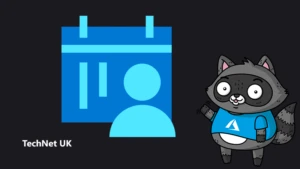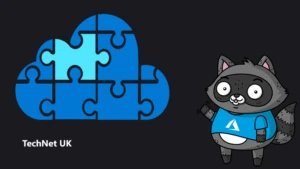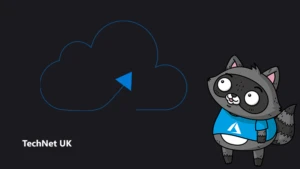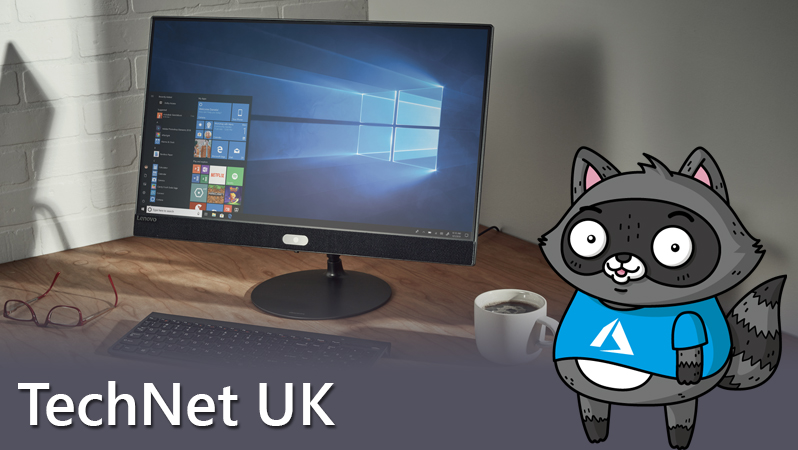
Licensing Logic: What’s the difference between OEM, Retail and Volume Licenses?

By Vicky Lea
When it comes to purchasing licences there are a number of different channels that you can purchase through. These are FPP (Full Packaged Product), OEM (Original Equipment Manufacturer) and Volume Licensing. So what are the key differences between the channels, and what impact do they have on your licensing rights? Because it is the usage rights you receive with the software that mainly distinguish between the channels.
FPP Licences
FPP licences are purchased from retail and provide a quick and convenient way for customers requiring less than five licences to purchase their software. Licences sold through FPP are either full licences or upgrade licences. A full licence does not require any pre-existing versions of the software to be on the machine it is installed on, whereas an upgrade licence allow you to cost effectively upgrade to a newer version of software that you are already licensed for.
When you purchase FPP software you are entering into an agreement with Microsoft stating that you will adhere to the usage rights associated with the software. These rights include detail such as downgrade rights, which you generally do not get with FPP software, how many devices you are allowed to install the software on, whether you have the right to move the software to another computer (transfer rights) or not and nowadays whether you are allowed to use the software for commercial use or not.
- The usage rights for FPP software are laid out in the Microsoft Software Licence Terms document, which can be viewed on this site.
OEM Software
OEM software is software that comes pre-installed when you purchase a new computer. So for instance when you purchase a new PC it might come with an OEM licensed copy of Windows 8.1 Pro pre-installed on it. One of the key benefits of this is that you then know that the software has been installed correctly and is working properly and if there are any issues it is the responsibility of the computer manufacturer or installer to provide support rather than Microsoft.
Again, OEM software usage is ruled by the Microsoft Software Licence Terms document. So for instance it will detail that with Windows 8.1 Pro licensed via OEM you do get limited downgrade rights in that you can downgrade as far back as two earlier versions if you so desire, either to Windows 7 Professional or Windows Vista Business. But that there are no transfer rights, so the software may not be removed from the PC it was originally installed on and installed on another, however, you are allowed to transfer the PC complete with the OEM licensed software to a new user if required.
Volume Licensing
The third channel you may purchase software through is Volume Licensing. There are a number of volume licensing agreements you can purchase through and these agreements have been tailored to suit the differing requirements of all sizes and types of organisation. There are agreements aimed at the small to medium sized business in the form of Open and Open Value, and agreements aimed at medium to large organisations in the form of the Select Plus and Enterprise Agreements.
Usage of software purchased through these agreements is controlled by a number of factors; the agreement itself may contain some usage rights specific to purchasing through that agreement, but the usage rights per product can be found in the Product List document and the Product Use Rights (PUR) document. You can download the Product List and PUR from here.
For example, with an Enterprise Agreement the transfer rights for software are detailed in the Enterprise Agreement document itself, stating that licences may only be transferred once they have been fully paid for and that they can only be transferred to affiliates or a third party as part of a divestiture or merger. So it is always important to check the agreement documents as they will detail rights that are specific to the agreement itself, but what about the more general terms?
This is where documents such as the Product List and PUR come into play. The Product List provides monthly information about Microsoft Software and Online Services licensed through the volume licensing agreements, and details software availability through the different agreements, as well as Software Assurance migration paths, step-up licences and available promotions. The PUR goes into detail on the general volume licensing terms for each licensing model plus any product-specific use rights. All these documents together can be used to determine the licence terms for products purchased through specific agreements.
For example, when you purchase Windows 8.1 Pro through Volume Licensing, the licence is an upgrade licence only. Meaning that the device must already be licensed for a qualifying operating system before installation of the Windows Upgrade. The Product List contains all the detail behind this including a list of the qualifying operating systems per agreement. Whereas the PUR goes into more detail on where Windows 8.1 Pro may be installed and who can access the software either locally or remotely.
Conclusion
Other important product rights you receive when purchasing your licences through volume licensing are re-imaging and full downgrade rights. Downgrade rights again are detailed in the PUR, and you may find detail on re-imaging rights in the specific agreement documents. However, there is a very useful re-imaging brief that goes into all the detail you may need and you can download that from here.
So to wrap up, we have seen that there are a number of different ways for you to purchase your licences, and the availability of software does vary through those channels, but the main impact on the licences of buying through FPP, OEM or Volume Licensing is the usage rights you gain with the software.
This is one scenario and licensing situation. Each customer scenario can vary by deployment, usage, product version, and product use rights. Always check your contract, and the current Products Use Rights document to confirm how your environment should be fully licensed. The blogging team does not warrant that this scenario will be the right licensing solution for other similar cases.

